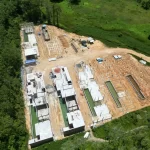Introduction
In today’s digital age, the concept of a “smart home” has gained significant traction. A smart home is equipped with advanced technologies that allow homeowners to control various aspects of their house through automated systems. On the other hand, traditional homes have been the norm for centuries, relying on manual control and conventional infrastructure. This article will explore the key differences between smart homes and traditional homes, highlighting their advantages and disadvantages, ultimately helping readers decide which option best suits their lifestyle.
Table of Contents
Defining Smart Homes
A smart home refers to a residence that utilizes cutting-edge technology to automate various tasks and functions. These homes are equipped with interconnected devices that can be controlled remotely through smartphones or voice-activated systems. Smart homes can manage lighting, heating, cooling, entertainment systems, security cameras, and even appliances. The integration of Artificial Intelligence (AI) allows these homes to learn from users’ behaviors, making them more efficient over time.
Defining Traditional Homes
On the contrary, traditional homes are the conventional dwellings that most people are accustomed to. They rely on manual control and do not have the technological sophistication seen in smart homes. In a traditional home, tasks like turning on lights, adjusting thermostats, and operating home appliances are done manually.
Advantages of Smart Homes
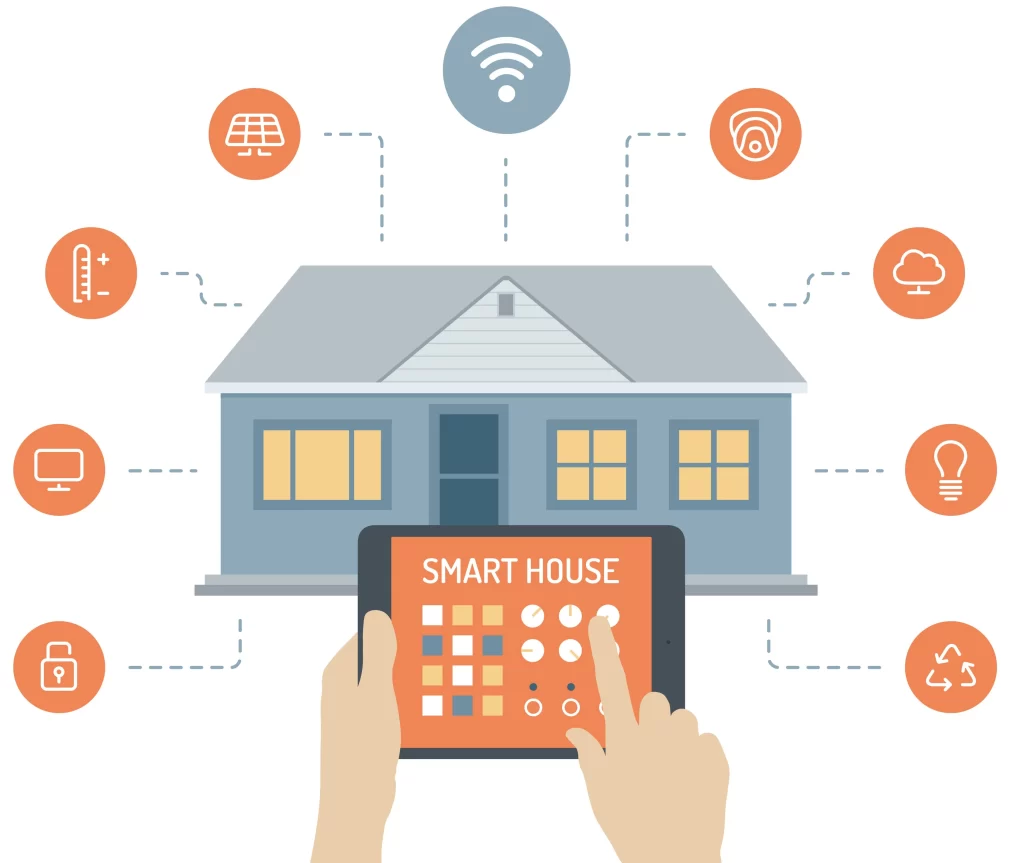
Enhanced Energy Efficiency
One of the most significant advantages of smart homes is their ability to enhance energy efficiency. Smart thermostats, for example, can learn the residents’ preferences and adjust the temperature accordingly, saving energy and reducing utility bills.
Increased Security
Smart homes offer advanced security features, such as surveillance cameras, motion sensors, and smart locks. Homeowners can monitor their property remotely and receive real-time alerts in case of any security breaches.
Convenient Automation
The automation aspect of smart homes brings unparalleled convenience. Tasks that once required manual intervention can now be automated, like setting the coffee machine to brew at a specific time or turning off all lights with a simple voice command.
Disadvantages of Smart Homes

Vulnerability to Hacking
As with any technological advancement, smart homes are susceptible to cyber threats. Without proper security measures, hackers could potentially gain unauthorized access to sensitive information and control over devices.
Initial High Costs
The initial investment in smart home technologies can be significant, including the purchase and installation of various devices and systems. This cost might be a deterrent for some homeowners.
Potential Dependency on Technology
Reliance on smart technologies may lead to a sense of dependency, making residents uncomfortable in situations when the technology fails or malfunctions.
Advantages of Traditional Homes

Familiarity and Simplicity
Traditional homes offer a sense of familiarity and simplicity that some homeowners prefer. The absence of complex technologies can make living more straightforward.
Lower Initial Investment
Compared to smart homes, traditional homes generally have a lower upfront cost, making them more accessible to a broader range of potential buyers.
Independence from Technology
Traditional homes do not rely heavily on technology, which means that homeowners are less affected by system malfunctions or power outages.
Disadvantages of Traditional Homes
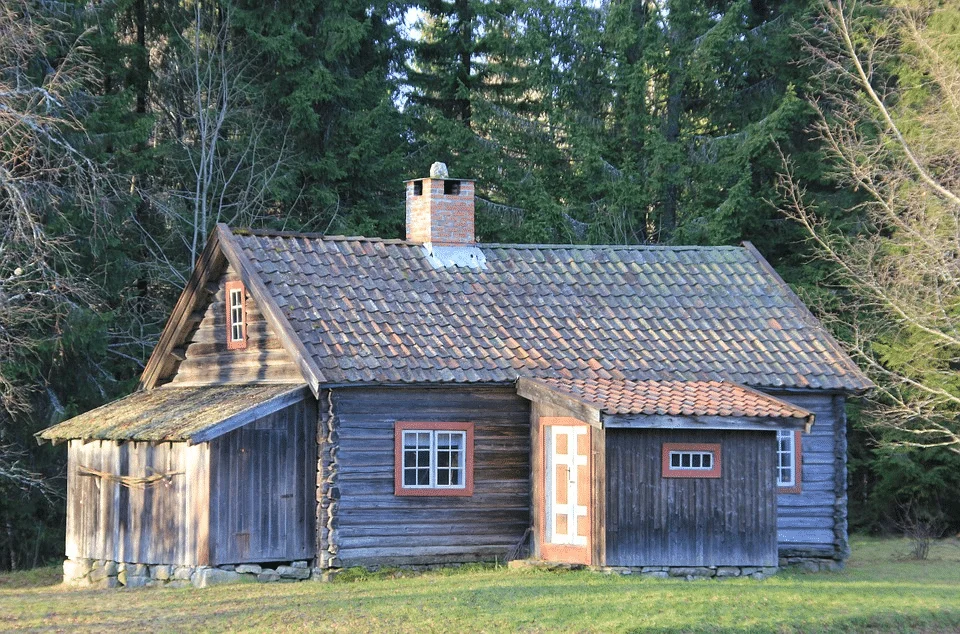
Limited Automation
One of the main drawbacks of traditional homes is the lack of automation, which means more manual effort is required to perform various tasks.
Energy Inefficiency
Traditional homes may not be as energy-efficient as their smart counterparts, potentially leading to higher utility bills.
Less Security Features
Traditional homes typically have fewer built-in security features, requiring homeowners to invest separately in security measures.
Integration and Compatibility

One challenge faced by homeowners is integrating smart technologies into existing traditional homes. Ensuring compatibility between different devices and systems can be a complex task.
Environmental Impact

The environmental impact of smart homes is a subject of debate. While these homes promote energy efficiency, the production and disposal of electronic components may contribute to electronic waste.
Privacy and Data Concerns

With smart homes collecting data on residents’ habits, there are concerns about data privacy and the potential misuse of personal information.
Future Trends in Home Living

The future of home living is likely to see continued advancements in smart home technologies, potentially blurring the lines between smart and traditional homes.
Combining Smart and Traditional Aspects
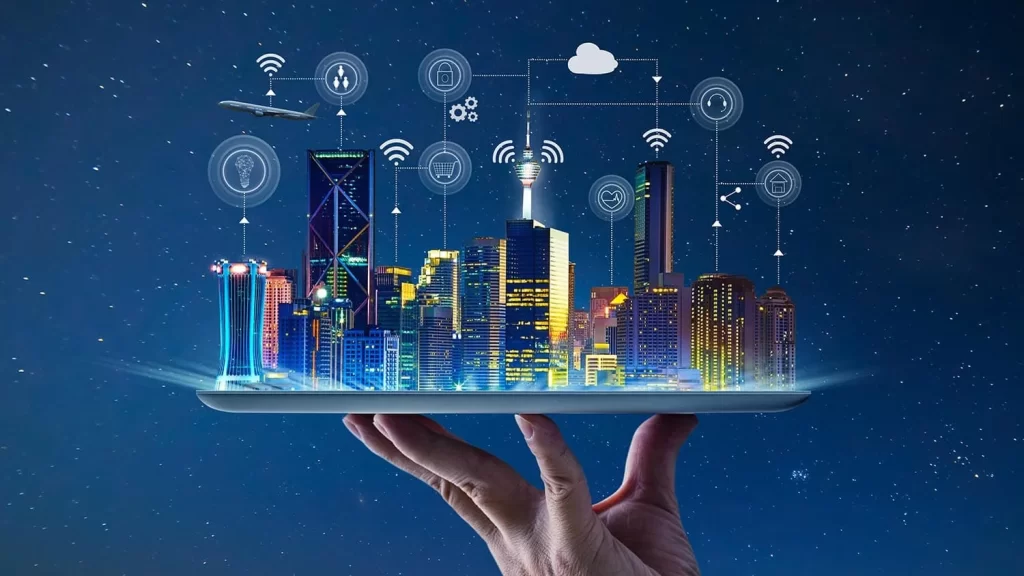
Some homeowners opt for a hybrid approach, combining smart technologies with traditional elements to strike a balance between modern convenience and a sense of tradition.
Personalization and User Experience
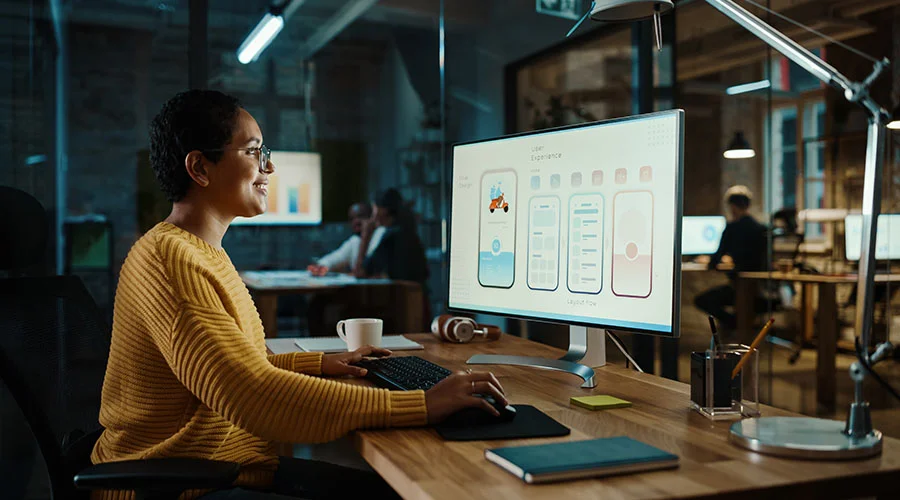
Smart homes are continuously evolving to provide a more personalized user experience, catering to individual preferences and lifestyles.
Choosing the Right Home
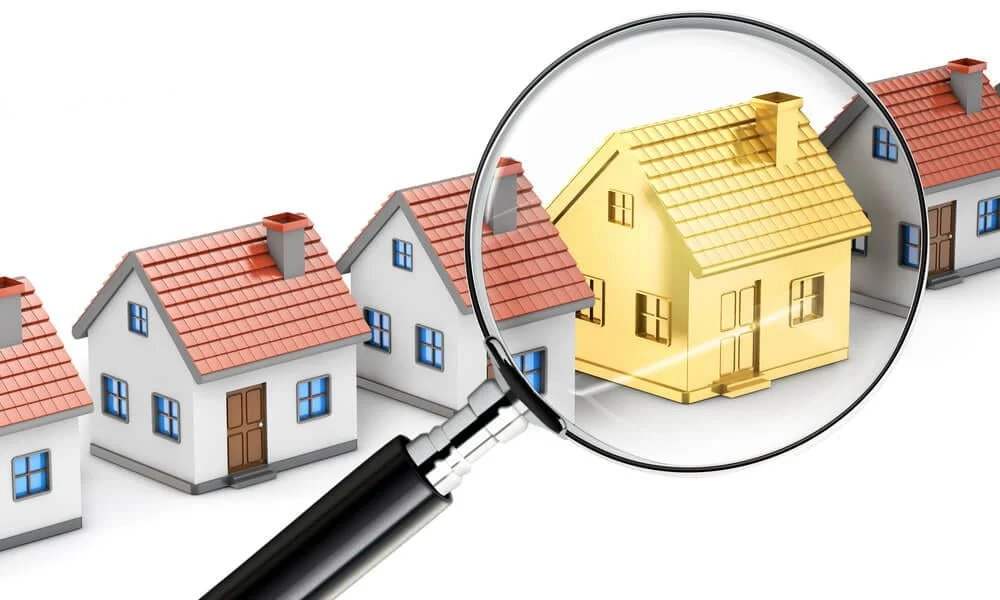
When deciding between a smart home and a traditional home, it is essential to consider factors like lifestyle, budget, preferences, and long-term plans.
Conclusion
In conclusion, the choice between a smart home and a traditional home depends on individual preferences and priorities. Smart homes offer automation, energy efficiency, and enhanced security, but they come with higher costs and potential cybersecurity risks. On the other hand, traditional homes provide familiarity, simplicity, and independence from technology, but may lack automation and energy-saving features. As technology advances, the lines between smart and traditional homes may blur, offering homeowners more choices and flexibility.
FAQs
- Are smart homes more prone to cyberattacks? Smart homes can be vulnerable to cyberattacks if not adequately secured. Using strong passwords and regularly updating software can help mitigate risks.
- Can traditional homes be retrofitted with smart technologies? Yes, traditional homes can be retrofitted with various smart devices and systems to introduce automation and convenience.
- Are smart homes only suitable for tech-savvy individuals? Smart homes are designed to be user-friendly, and even those with limited tech knowledge can easily operate them.
- Do smart homes increase property value? Smart home features can increase property value, as they are seen as desirable amenities by many homebuyers.
- How do smart homes contribute to energy conservation? Smart homes optimize energy consumption by intelligently managing lighting, heating, cooling, and appliance usage, leading to reduced energy wastage.


